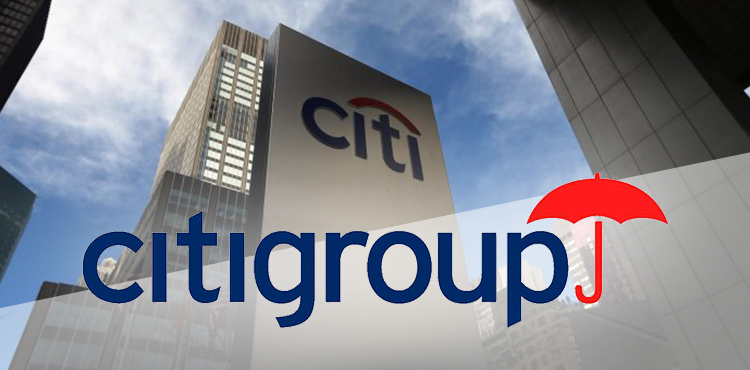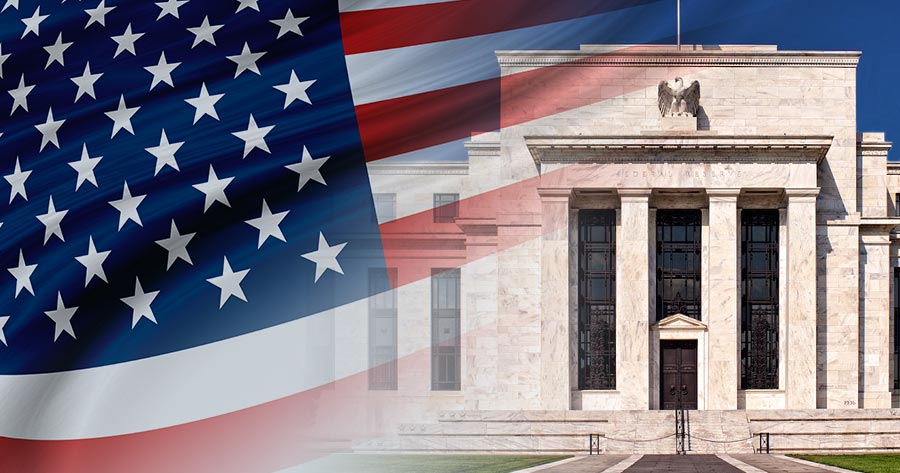American giant bank, Citigroup (NYSE: C) has introduced Citi Token Services, a cross-border payments, liquidity and automated trade solution to its institutional clients, using Citi’s own global private, permissioned blockchain network and its capabilities included tokenized deposit and smart contract.
Citi’s digital asset arm, Citi Treasury and Trade Solution (TTS) licensed in over 90 countries, has completed two pilot services. One with Maersk, the Danish giant shipper on the payment program that uses smart contracts to reduce transaction time by replacing letters of credit and bank guarantees. Another pilot is the 24/7 intra-network transferring between its branches or its hosted blockchain nodes around the world.
This new blockchain’s protocol called Regulated Liability Network (RLN) was introduced in late 2022 and its proof-of-concept spearheaded by the New York FED, Citi is one of the participants. RLN provides atomic settlement through the unified ledger which can be used to tokenize commercial bank money as Citi introduced.
The Monetary Authority of Singapore also launched Project Guardian in the middle of 2022 for the same aim and JPMorgan was one of the participants. The two central banks are trying to take a lead on the digital assets front, pushing the adoption of Central Bank Digital Currencies (CBDC) to tokenize real world assets.
Usually, Blockchain verification process is taking more time than the usual transaction as it needs confirmation from the network causing lesser throughput compared to the usual time. This makes it unfit for a public massive number of transactions but the lower number from institutional clients might be a suitable fit for Citi and current blockchain capability.
Cryptocurrency was originally created by central bank sceptics to make people around the world able to use electronic money without financial intermediaries like banks.
Cryptocurrency uses an opposition of centralized ledger, the decentralized ledger that spread its copies of transaction record across the network, to let any node that have enough computing power to compete to verify a chunk of transactions that happen every certain length time called a block, and chaining the verification records since the currency has been created, thus comes up with the word Blockchain.
Blockchain is considered very secure since it’s very difficult to make a change on the past record. At least it’ll need to take control of half of its network in the world, forking or creating another chain and verifying that it’s the right one which is far more difficult, compared to finding one point of weakness in the centralized system.
The most famous Bitcoin has a built-in money-supply controlled mechanism called mining. It’ll reward the first verifier of every block with a certain amount of currency. This creates more of its currencies for every time that block has been confirmed.
Whenever the currency price is soaring or the computer hardware becomes cheap, it’ll incentivized more people to create the mining farm or supercomputer network across the globe to become this currency processor node, causing graphic card shortage and vast energy consumption in recent years. So, the Bitcoin price is likely to be proportional to those hardware and energy costs.
On the other hand, the mining reward will be cut by half every four years as a built-in mechanism, disincentivizing the same way when the currency price drop, as it’s harder to earn from mining, the less processing power node will leave the network, leaving the remaining lesser rewards to the survived fitter node.
And as the lesser number of the currency being produced or mine, the currency price will be appreciated as it becomes rarer to find. This overall process will stabilize Bitcoin money supply in the long run.
Cryptocurrencies usually has a more complicated mechanism to control their own money supply, compared to traditional central banks that set their 2% inflation target but hardly reaches that point as all are fighting off inflation in recent years. There’s also eurocurrency or the currency that has been created via deposit or lending by the bank that needs the currency outside the country of currency origin.



